Relax the Need to Be Heard
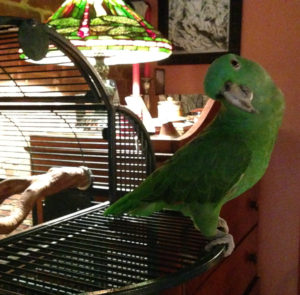 Find the Innocence of Listening
Find the Innocence of Listening
You know that sinking feeling you get when you have your hand up in a class or round table talk and the mediator isn’t calling on you? You have something relevant to say, but the powers that be silence you.
Typically for me, after recognizing that the dialogue was going to continue without my contribution, my hand would come down and I’d sit stoically stewing in, what felt like, their disregard. And this is where it would end.
More recently, rather than focusing on being disregarded, I started to deliberately take a step back and focus on regarding them. I’ve become curious about what IS being said. Does my point work with or against the conversation? Is there something I could learn from listening here rather than talking? Is my comment still relevant after they have finished discussing their perspective of the issue?
The outcome consistently surprises me. When the discussion slows down, the mediator addresses me and asks, “Did you have something to add Tammy?” With eager delight I speak my mind, I’m heard with genuine interest, and I feel honored.
When I let go of the need for others to respond to me, they became interested.
“Not needing to make things happen, one understands deeply.
Needing to make things happen, one learns about practical matters…”
Being disregarded is an old story in my life. It is not what is happening in my life now, but the old wound can easily be triggered. I have had to learn how to step back from this trigger––the need to feel heard and considered––to successfully develop in my career and relationships.
I suspect that I am not alone in this trigger!
Here’s what to do to unplug the trigger’s charge:
- First, take advantage of the stoic posture. Chin dropped and drawn inward shortening the throat, while the neck is elongated toward the sky like a swan, giving you the same alignment you would use if taking an actual step backward. Then rather than filling your neck and throat with stoic anger, open the crown of your head with innocence and wonder.
- Second, relax your eyes back in their eye sockets, remember that they are floating in water like when we float on a blow up raft in a pool, and listen from that receded and relaxed place.
- Lastly, recognize the added space between the eyebrows. This space focuses you to observe openly and you instantly enjoy receiving from the other(s).
When speaking we make things happen––yang––when listening we allow things to happen––yin. On one side we are giving, on the other side we are receiving, both are essential for a dialogue. Needing one over the other brings an imbalance to the dialogue that can turn the communication spout off or cause defensive responses.
“… Core and surface are parts of the same whole.
It is in being open and innocent that the
Possibility of understanding arises.”
Tao Te Ching
This became apparent in my daily life when I started to address my newly adopted parrot, whom has shown signs of mishandling, with receded soft eyes rather than gregarious let’s-be-friends eyes, she instantly started purring. She clearly felt more comfortable when I was in a listening posture. I believe she felt no expectations to be or do something she didn’t want when I was listening. It was a breakthrough in our relationship.
If listening is what creates trust in a relationship, perhaps we could all learn to soften our gaze and open our crown to the wonder of innocence.
Be guided to Surrender Tension in 8-Minutes with this FREE video.







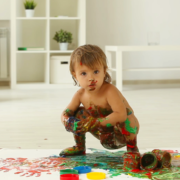
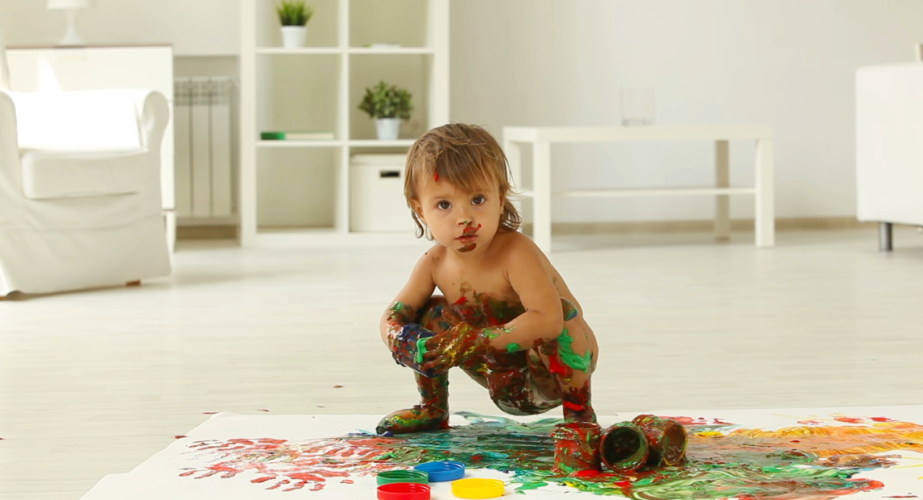 A child shrugs their shoulders in a quick up-down motion to communicate, I dun’no? They’re not worried about not knowing.
A child shrugs their shoulders in a quick up-down motion to communicate, I dun’no? They’re not worried about not knowing.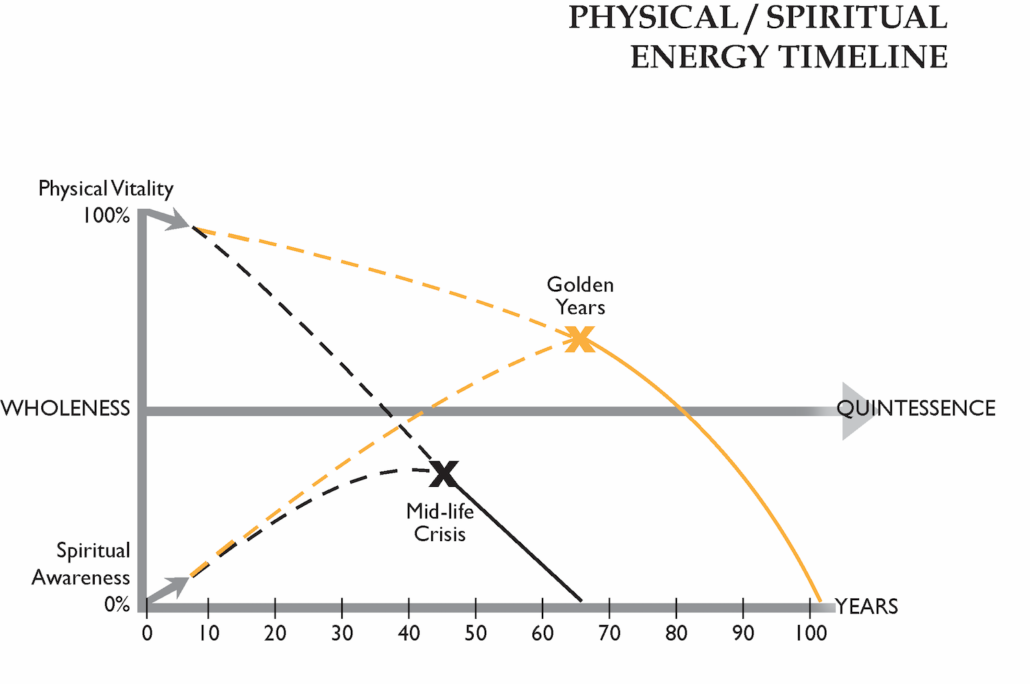




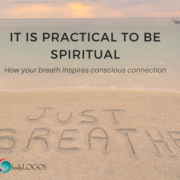
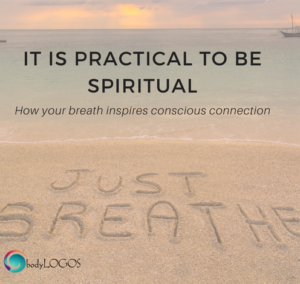 How your breath inspires conscious connection.
How your breath inspires conscious connection.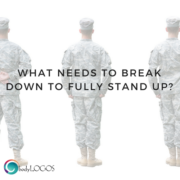
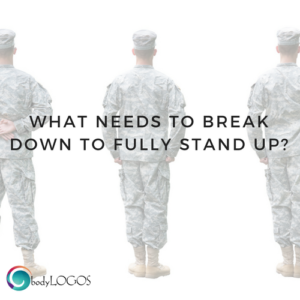
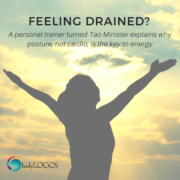
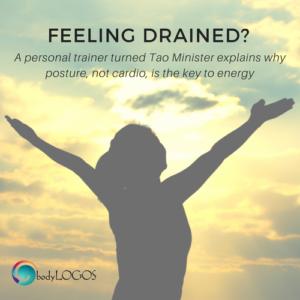 The Western approach to fitness is all Yang, no Yin—we have a “no-pain-no-gain” power through it mentality. And the more drained and stressed you feel, the more the health and fitness industry piles onto your to-do list. “To boost energy, eat this not that.” “Exercise this many times a week.” “Sleep this many hours a night.”
The Western approach to fitness is all Yang, no Yin—we have a “no-pain-no-gain” power through it mentality. And the more drained and stressed you feel, the more the health and fitness industry piles onto your to-do list. “To boost energy, eat this not that.” “Exercise this many times a week.” “Sleep this many hours a night.”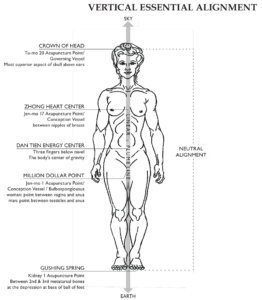 The word posture is loaded: I’m not talking about walking around with a book on your head in etiquette class or strapping yourself to a medieval rack. In truth, your posture is the blueprint of your personal history and well-being. It’s a lot like what Amy Cuddy explained in her famous
The word posture is loaded: I’m not talking about walking around with a book on your head in etiquette class or strapping yourself to a medieval rack. In truth, your posture is the blueprint of your personal history and well-being. It’s a lot like what Amy Cuddy explained in her famous 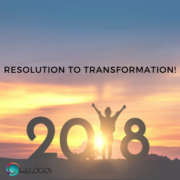
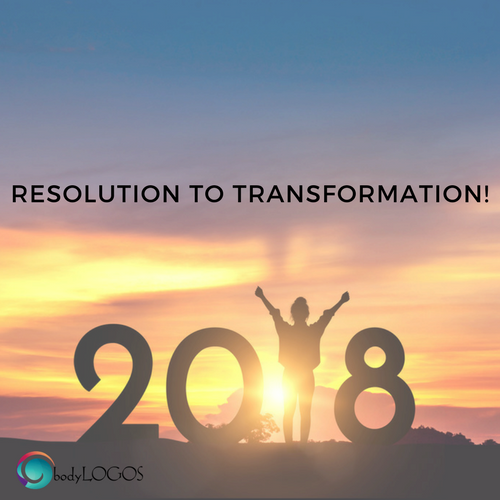 Transformation begins with knowing where you are now and where you want to go!
Transformation begins with knowing where you are now and where you want to go!